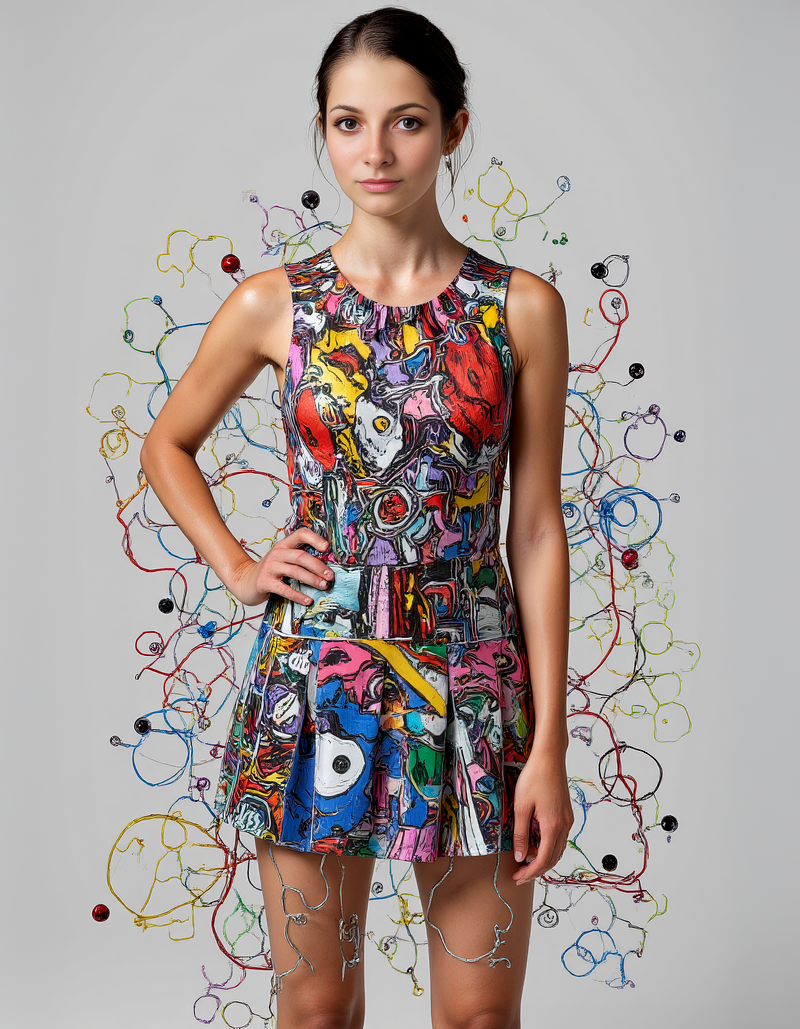18 days ago
Scientific infographic illustrating an AI-driven closed-loop framework for virtual molecular library construction, showing the adaptive cycle of “Representation – Generation – Prediction – Feedback”. Central theme: artificial intelligence empowering drug discovery and molecular design. The diagram is a circular workflow structure centered on the AI virtual molecular library system.
Left module: Representation Learning, visualized with neural network icons, molecular graphs, protein structures, and amino acid sequence symbols, representing molecular and protein feature embeddings.
Upper-right module: Molecular Generation, showing diffusion or VAE-like model generating diverse small molecules, arrows indicating exploration of chemical space, novelty, and synthesizability constraints.
Lower-right module: Property Prediction, containing ADMET, activity, and selectivity metrics represented by radar charts or data panels, feeding results back to the representation module to close the loop.
Bottom section: Evolution from virtual to drug-like molecular libraries, shown as a smooth gradient arrow with multi-objective optimization icons balancing drug-likeness and diversity.
Right-side branch: Pretrained models for new target ligand design, divided into three submodules—small molecule pretraining, protein pretraining, and cross-modal pretraining (protein–ligand interaction)—depicting embedding fusion or contrastive learning in shared latent space.
No human figures, only abstract scientific symbols and molecular visuals.
Style: flat vector scientific infographic, modern and minimalistic, clear logical flow, smooth connections between modules.
Color scheme: blue for AI and representation, orange-yellow for generation, green for prediction; background light gray or white.
Typography: clean sans-serif labels, concise annotations.
High resolution (≥600 dpi), suitable for journal publication, ultra-clear, balanced layout, professional academic tone.


